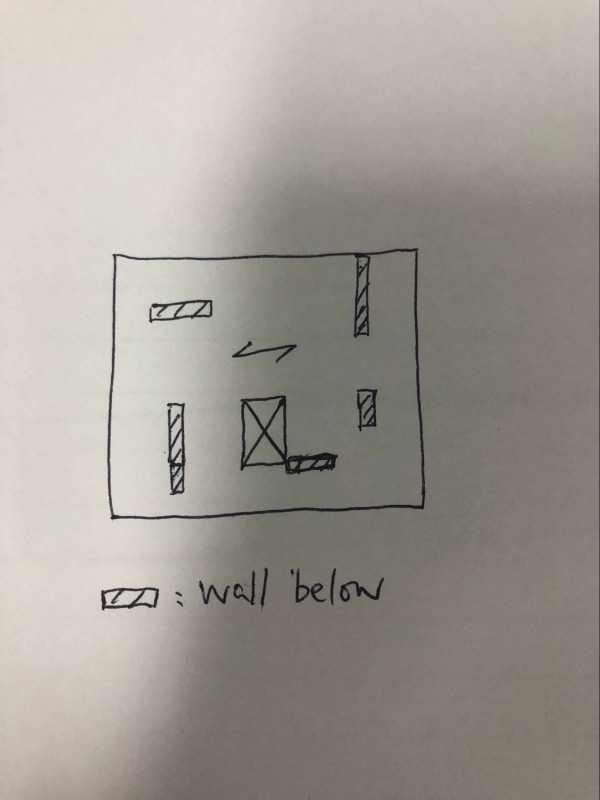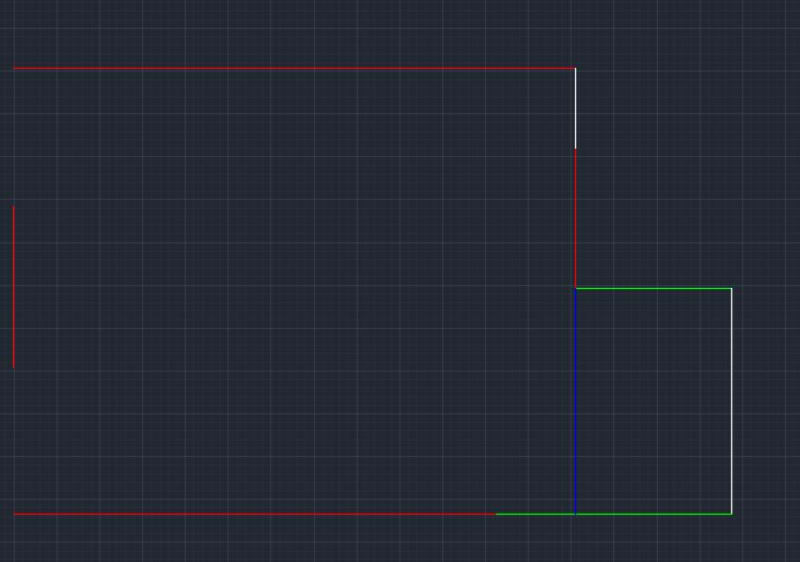Zzzer
Structural
- Jun 27, 2018
- 6
Hi everyone,
Just wondering if it is possible to design the following structure as one way flat plate?
Thanks.

Just wondering if it is possible to design the following structure as one way flat plate?
Thanks.


